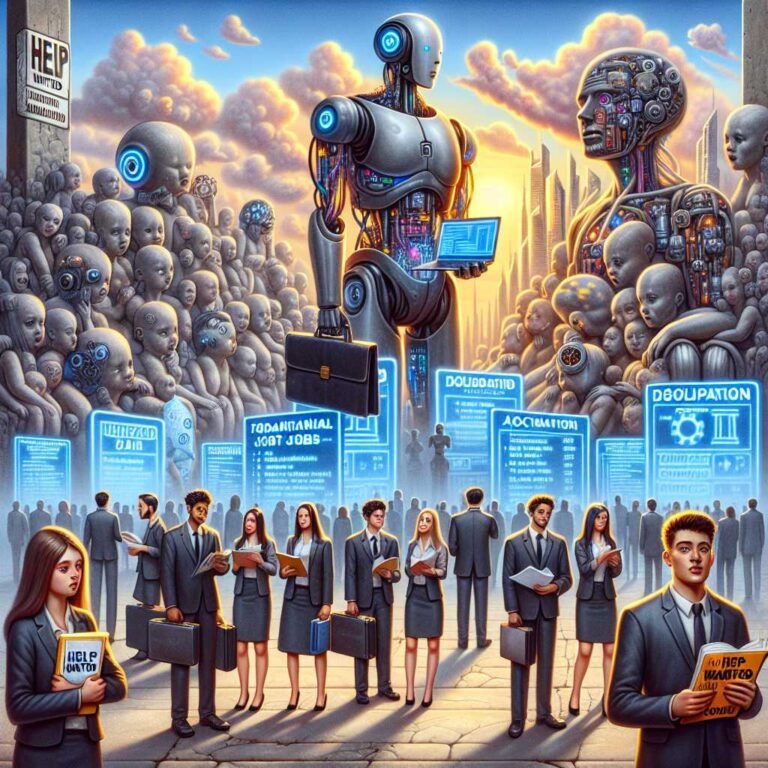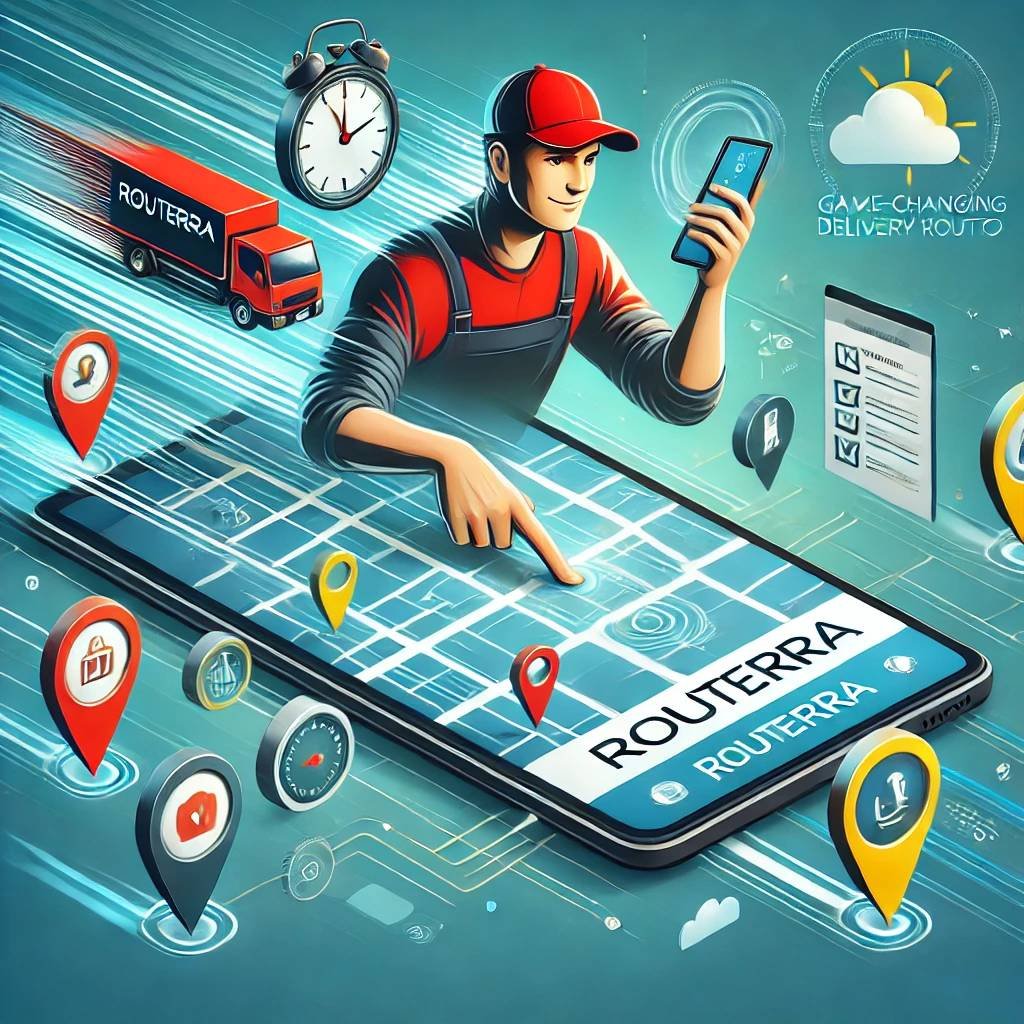Understanding Deep Learning: A Practical, Plain-English Guide to Today’s Most Powerful AI
You hear about deep learning everywhere—writing code, writing ads, writing songs, even writing this sentence. But when you try to pin it down, the explanations spiral into math symbols and acronyms. If you’ve ever thought “I’m smart, I just need someone to explain it clearly,” this guide is for you.
In the next few minutes, I’ll unpack deep learning like a friend at a whiteboard: what it is, why it matters, how it actually works, and what to learn first. We’ll cover today’s essentials—transformers, diffusion models, optimization tricks—without drowning you in jargon. Along the way, I’ll point you to authoritative resources and a pragmatic textbook that strikes a rare balance between theory and hands-on practice.
What Is Deep Learning? The Elevator Pitch
At its core, deep learning is a way to teach computers to learn patterns from data by stacking many simple functions (neurons) into layers (a network). Each layer transforms its input—pictures, text, sound—into something a little more meaningful. Early layers find basic shapes or word pieces; later layers discover faces or sentence meaning. By the end, the network can make a decision: cat vs. dog, spam vs. not spam, churn vs. retain.
Think of it like a team of specialists passing notes: – The first person spots edges. – The next recognizes eyes and noses. – The last decides, “That’s a cat.”
Under the hood, deep learning is just function approximation at scale. We define a loss (how wrong we are), then adjust the network’s parameters to minimize that loss. The “deep” part means lots of layers. More layers, more expressive power—if you can train them.
For a friendly intro to the foundations of neural nets and computer vision, Stanford’s classic notes are a great start: CS231n Convolutional Neural Networks.
Why Deep Learning Took Off (Now)
Three forces converged: 1. Data: The internet exploded with labeled examples (images, videos, text), plus synthetic data. 2. Compute: GPUs and TPUs made training massive networks possible. 3. Algorithms: Better architectures (like transformers), optimization (like Adam), and regularization (like dropout) made training stable and efficient.
Transformers were a game changer for sequence data—text, code, even protein sequences. Instead of reading left-to-right like old RNNs, transformers use attention to look at all tokens simultaneously and learn long-range relationships. If you want the original breakthrough, see the paper “Attention Is All You Need” on arXiv: https://arxiv.org/abs/1706.03762.
Curious to go deeper with a clear, modern text that covers these trends end to end? Check it on Amazon.
The Building Blocks of Neural Networks (Explained Simply)
Let’s break down the moving parts you’ll use over and over.
Data and Tensors: The Language of Deep Learning
- Tensors are just multi-dimensional arrays—vectors (1D), matrices (2D), and beyond.
- Images are 3D tensors (height × width × channels), text becomes sequences of token IDs, and audio is often a long 1D tensor of samples.
- Real-world projects begin with loading, cleaning, and batching tensors for training.
Explore the primary frameworks: – PyTorch (easier to prototype): https://pytorch.org/ – TensorFlow/Keras (production-friendly): https://www.tensorflow.org/
Architectures: MLPs, CNNs, RNNs, and Transformers
- MLPs (multi-layer perceptrons): great for tabular data and simple tasks.
- CNNs (convolutional neural networks): dominate images and video due to local receptive fields.
- RNNs/LSTMs/GRUs: older sequence workhorses; still useful for niche tasks.
- Transformers: today’s standard for language, code, and even vision (ViTs).
Regularization and stabilization methods keep training sane: – Dropout: randomly zeroes activations to prevent overfitting (JMLR paper). – Batch Normalization: normalizes intermediate activations for faster, more stable training (arXiv).
If you want a pragmatic text with exercises and code, you can View on Amazon.
Training: Losses, Optimizers, and Metrics
- Losses: Cross-entropy for classification, MSE for regression, contrastive losses for representation learning, and more.
- Optimizers: SGD with momentum is reliable; Adam is popular for faster convergence (Adam paper).
- Learning rate schedules: Warm-up and decay strategies often matter more than which optimizer you choose.
- Metrics: Accuracy is not enough; track precision/recall, ROC-AUC, F1, BLEU, or task-relevant metrics.
Pro tip: Overfitting isn’t always obvious. Keep a validation set truly separate. Use early stopping. Plot loss curves.
Modern Advances You Should Know
The field moves fast, but a few developments have shaped current practice.
Transformers Everywhere
Transformers use self-attention to weigh the importance of each token in a sequence when producing representations. This idea scales beautifully, enabling large language models (LLMs) to learn grammar, facts, and even reasoning patterns from massive corpora. The original paper is worth skimming: Attention Is All You Need.
Key ideas: – Tokenization turns text into subword units. – Positional encodings inject order into the model. – Multi-head attention lets the model attend to different types of patterns at once.
Diffusion Models for Generative AI
Diffusion models learn to iteratively denoise random noise into images, audio, and even 3D shapes. They’ve overtaken GANs in many benchmarks for image generation due to stability and quality. See the DDPM paper for a canonical reference: https://arxiv.org/abs/2006.11239.
Why it matters: – They produce diverse, high-fidelity samples. – Conditioning (on text prompts, images, or sketches) gives precise control. – They’re compute-intensive but flexible.
Retrieval and Tool Use
Modern systems don’t just rely on a single model. Retrieval-augmented generation (RAG) brings in external knowledge. Tool use lets models call APIs and run code, bridging pattern recognition with reasoning and execution.
Ready to learn by doing with step-by-step notebooks? Buy on Amazon.
From Theory to Practice: Your First Deep Learning Project
Let’s walk through a practical, minimal path to get results.
- Define the problem narrowly – “Predict churn in 30 days” beats “Understand customers.” – Choose a metric that corresponds to impact (e.g., recall for rare fraud cases).
- Gather and shape data – Start small: a few thousand examples can unlock insights. – Split your data: train/validation/test. – Normalize inputs; balance classes if needed.
- Start with a simple baseline – For tabular data, try logistic regression or gradient boosting first (scikit-learn is perfect). – For images, a small CNN or even a pre-trained feature extractor. – For text, a tiny transformer or a pre-trained encoder.
- Build a minimal training loop – Use PyTorch Lightning or Keras to simplify boilerplate. – Track metrics every epoch; use early stopping and learning-rate schedules.
- Iterate with discipline – Change one variable at a time. – Use experiment tracking (TensorBoard, Weights & Biases). – Write down hypotheses; test them.
- Deploy a scrappy MVP – Batch predictions via a scheduled job or a simple API. – Monitor drift and performance in the real world.
Here’s why this matters: the fastest path to learning is short feedback loops. You’ll understand far more by shipping a scrappy model than by reading three more papers.
Support our work and start studying today: Shop on Amazon.
What to Look For in a Deep Learning Textbook or Course (Buying Tips)
Not all resources are equal. If you’re investing time and money, choose wisely.
- Up-to-date coverage
- Ensure it covers transformers, diffusion models, and modern training tricks—not just CNNs and RNNs.
- Clarity over density
- Prefer short, focused chapters that build intuition before heavy math.
- Look for visuals: diagrams beat long equations when you’re starting out.
- Pragmatic balance
- Theory is essential, but you need implementable steps.
- Bonus points for pseudocode, worked examples, and build-from-scratch exercises.
- Minimal prerequisites
- A little linear algebra, calculus, and probability is enough if the book teaches through examples.
- Hands-on code
- Look for Python notebooks and exercises that mirror real projects.
Want to compare editions and see real reviews before you commit? See price on Amazon.
If you prefer a deeper reference on fundamentals, this free online classic is excellent for background (though less current on transformers): deeplearningbook.org.
Common Pitfalls (And How to Dodge Them)
Even experienced teams trip on these. Here’s how to avoid the most common snags.
- Data leakage
- Cause: Information from validation/test “leaks” into training (e.g., scaling using global stats).
- Fix: Fit preprocessors on train only; apply to val/test separately.
- Overfitting and underfitting
- Cause: Models memorize noise, or they’re too simple for the task.
- Fix: Use regularization (dropout, weight decay), data augmentation, early stopping, and more data.
- Bad metrics, bad decisions
- Cause: Optimizing accuracy when recall or precision matters more.
- Fix: Match metrics to business risk; simulate confusion matrix impact.
- Reproducibility drift
- Cause: Non-deterministic behavior and sloppy experiment management.
- Fix: Seed randomness, pin library versions, and log hyperparameters.
- Compute traps
- Cause: Training giant models on limited GPUs; endless tuning cycles.
- Fix: Start small; use pre-trained models; profile frequently.
- Ethics and bias
- Cause: Biased datasets, poor oversight, lack of evaluation across subgroups.
- Fix: Audit datasets; measure subgroup performance; align with frameworks like NIST’s AI Risk Management guidance: https://www.nist.gov/itl/ai-risk-management-framework.
Curious to see the full, up-to-date treatment that emphasizes both intuition and implementation? Check it on Amazon.
A Learning Roadmap That Actually Works
If you’re starting from scratch, here’s a sane path that respects your time:
- Week 1–2: Foundations
- Refresh linear algebra (vectors, matrices, dot products) and probability basics.
- Build a tiny MLP for a tabular task in PyTorch or Keras.
- Week 3–4: Vision and CNNs
- Train a small CNN on a simple dataset; learn augmentation and regularization.
- Explore transfer learning with a pre-trained ResNet.
- Week 5–6: NLP and Transformers
- Fine-tune a small transformer (e.g., DistilBERT) for text classification.
- Read the “Attention Is All You Need” summary; understand attention heads at a high level.
- Week 7–8: Generative models and diffusion
- Train a toy autoencoder or a VAE.
- Experiment with a pre-trained diffusion model; tweak conditioning inputs.
- Ongoing: Projects and papers
- Join a course or community (e.g., DeepLearning.AI or fast.ai).
- Skim one paper a week and implement one trick you learned.
For structured, high-quality lectures and notes, complement your reading with Stanford’s CS231n and CS224n, plus framework docs and tutorials.
Key Terms You’ll See (In Plain English)
- Parameter/weight: A number the model learns to set (like a volume knob).
- Gradient: The direction to move parameters to reduce error.
- Epoch: One full pass through your training data.
- Overfitting: The model performs well on training data but poorly on new data.
- Regularization: Techniques to prevent overfitting (dropout, weight decay).
- Transfer learning: Starting from a model trained on a big dataset, then fine-tuning on your task.
- Inference: Using the trained model to make predictions.
Frequently Asked Questions (FAQ)
Q: Do I need a strong math background to learn deep learning?
A: You need enough to be dangerous: linear algebra (vectors, matrices, dot products), basic calculus (derivatives), and probability. Many modern resources prioritize intuition first and introduce math as needed. You can learn both in parallel.
Q: PyTorch or TensorFlow—what should I use?
A: PyTorch is beloved for research and quick prototyping. TensorFlow/Keras often shines in production settings. Both are industry-standard and well-supported. Pick one, build a project, then try the other.
Q: How big should my first model be?
A: Smaller than you think. Start with a simple baseline (logistic regression or a tiny MLP/CNN), establish a reference metric, and scale only if you have evidence it helps. Big models are expensive and slow to iterate.
Q: What’s the difference between machine learning and deep learning?
A: Machine learning is the broader field of algorithms that learn from data (random forests, SVMs, linear models). Deep learning is a subset that uses neural networks with many layers, particularly powerful for unstructured data like images, text, and audio.
Q: Are transformers always better?
A: Not always. For small datasets or simple tasks, classical models or small CNNs/MLPs may work better and faster. Transformers shine with large-scale data and sequence modeling, but they come with heavy compute costs.
Q: How do diffusion models differ from GANs?
A: GANs train a generator and discriminator in a min-max game, which can be unstable. Diffusion models learn to reverse a noising process step by step. They tend to be more stable and deliver state-of-the-art image quality in many settings.
Q: How can I practice without a big GPU?
A: Use Google Colab or Kaggle Notebooks with free GPUs. Start with small datasets and models. Use pre-trained models and freeze most layers to reduce compute requirements.
Q: How do I keep up with the field?
A: Follow a few trusted sources: arXiv sanity lists, top labs, and curated newsletters. Focus on concepts rather than hype. Implement one practical takeaway from each paper you skim.
Final Takeaway
Deep learning isn’t magic—it’s a systematic way to approximate complex functions using layered building blocks, smart training loops, and a lot of data. Start with the fundamentals, practice on small projects, and focus on clear metrics. When you’re ready, layer in modern advances like transformers and diffusion models. With the right roadmap and resources, you can go from “I’m curious” to “I can build this” faster than you think.
If you found this helpful, stick around—there’s more practical AI guidance, demos, and breakdowns coming your way.
Discover more at InnoVirtuoso.com
I would love some feedback on my writing so if you have any, please don’t hesitate to leave a comment around here or in any platforms that is convenient for you.
For more on tech and other topics, explore InnoVirtuoso.com anytime. Subscribe to my newsletter and join our growing community—we’ll create something magical together. I promise, it’ll never be boring!
Stay updated with the latest news—subscribe to our newsletter today!
Thank you all—wishing you an amazing day ahead!
Read more related Articles at InnoVirtuoso
- How to Completely Turn Off Google AI on Your Android Phone
- The Best AI Jokes of the Month: February Edition
- Introducing SpoofDPI: Bypassing Deep Packet Inspection
- Getting Started with shadps4: Your Guide to the PlayStation 4 Emulator
- Sophos Pricing in 2025: A Guide to Intercept X Endpoint Protection
- The Essential Requirements for Augmented Reality: A Comprehensive Guide
- Harvard: A Legacy of Achievements and a Path Towards the Future
- Unlocking the Secrets of Prompt Engineering: 5 Must-Read Books That Will Revolutionize You







